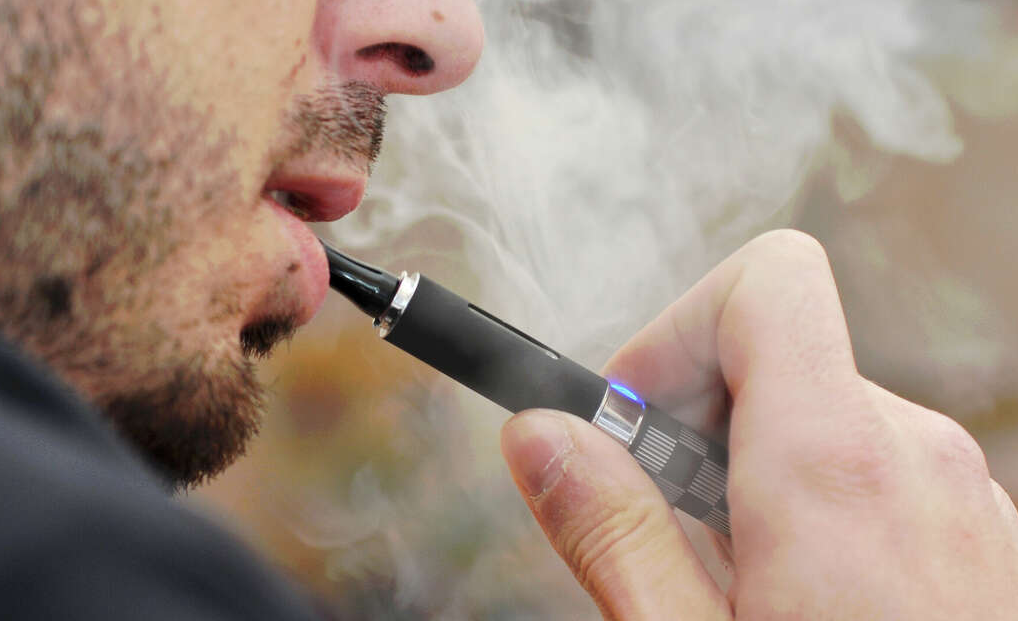The Rising Tide of Vaping in New York

In an era where cigarette smoking is losing popularity, vaping is quickly filling the gap. Despite public health victories in reducing traditional cigarette use, an alarming trend is on the rise: vaping. New York, in particular, is grappling with a vaping problem that threatens to offset the gains made against cigarette smoking.
The Decline in Cigarette Smoking
Over the past decades, cigarette smoking has seen a substantial decrease. According to data from the Centers for Disease Control, adult smoking rates dropped from 21 percent in 2005 to just about 12 percent in 2021.
The Reality of Vaping
Yet as traditional smoking rates fall, another, potentially more insidious, threat emerges: vaping. This rapidly growing trend, especially among the youth, poses significant health risks and societal challenges.
The Youth and Vaping
Vaping is gaining alarming traction among the young, with data showing that 1 in 10 middle and high school students nationwide are regular vapers. However, this issue is even more pronounced in New York, with 22 percent of high school students reporting using vaping devices.
The Health Implications of Vaping
Contrary to popular belief, vaping is far from safe. Users still inhale a cocktail of harmful chemicals, including the highly addictive nicotine. To combat this, New York outlawed flavored vaping products in 2019, but these remain easily accessible over state lines and the internet.
The Fight Against Vaping
In response, local school districts are taking proactive measures to curb the use of vapes on school grounds. Various strategies, including surveillance cameras and monitors in restrooms, are being implemented to identify and deter vapers.
Legal Battles and Settlements
On the legal front, New York recently secured nearly $113 million in a multi-state settlement from Juul Labs Inc., a major player in proliferating vaping across the nation. However, this battle is far from over.
Use of Settlement Funds
The attorney general's office has earmarked these funds to support initiatives aimed at reducing youth smoking. Close scrutiny will be essential to ensure these funds are allocated appropriately, rather than being absorbed into the general fund as has been the regrettable past practice.
The Endless Battle Against Nicotine
As we look ahead, it's clear that the struggle against nicotine addiction will continue. Society must stay vigilant and proactive in working to curb the appeal and accessibility of these addictive products, safeguarding future generations from falling into this deadly trap.
Conclusion
In conclusion, while strides have been made in curbing cigarette smoking, vaping has filled the vacuum, becoming a substantial public health issue, particularly among New York's youth. By understanding and addressing the complexities of this problem, we can hope to stem the tide and protect future generations from nicotine addiction.
FAQs
- Is vaping safer than smoking traditional cigarettes? - While vaping is often marketed as a safer alternative, it is far from safe. Users are still inhaling a mix of toxic chemicals, including addictive nicotine.
- Why is vaping particularly popular among the youth? - Vaping is often marketed as cool and modern, appealing to younger audiences. Additionally, flavored vape products have also drawn in younger users.
- What is being done to curb vaping among the youth in New York? - Various measures are being implemented, including surveillance in schools, legal actions against vaping companies, and the ban on flavored vaping products
- What can parents do to prevent their kids from vaping? - Parents should maintain open communication about the dangers of vaping, monitor their children's activities and educate them about the long-term health implications of vaping.
- How is the legal system helping to combat the vaping problem? - Legal actions against major vaping companies have resulted in substantial settlements. These funds are intended to support programs aimed at reducing youth smoking and vaping.